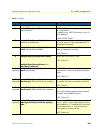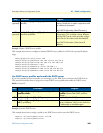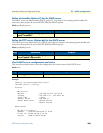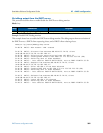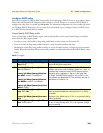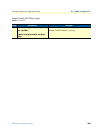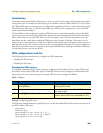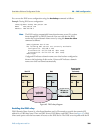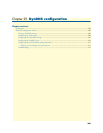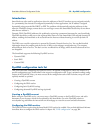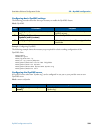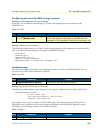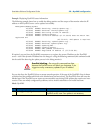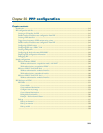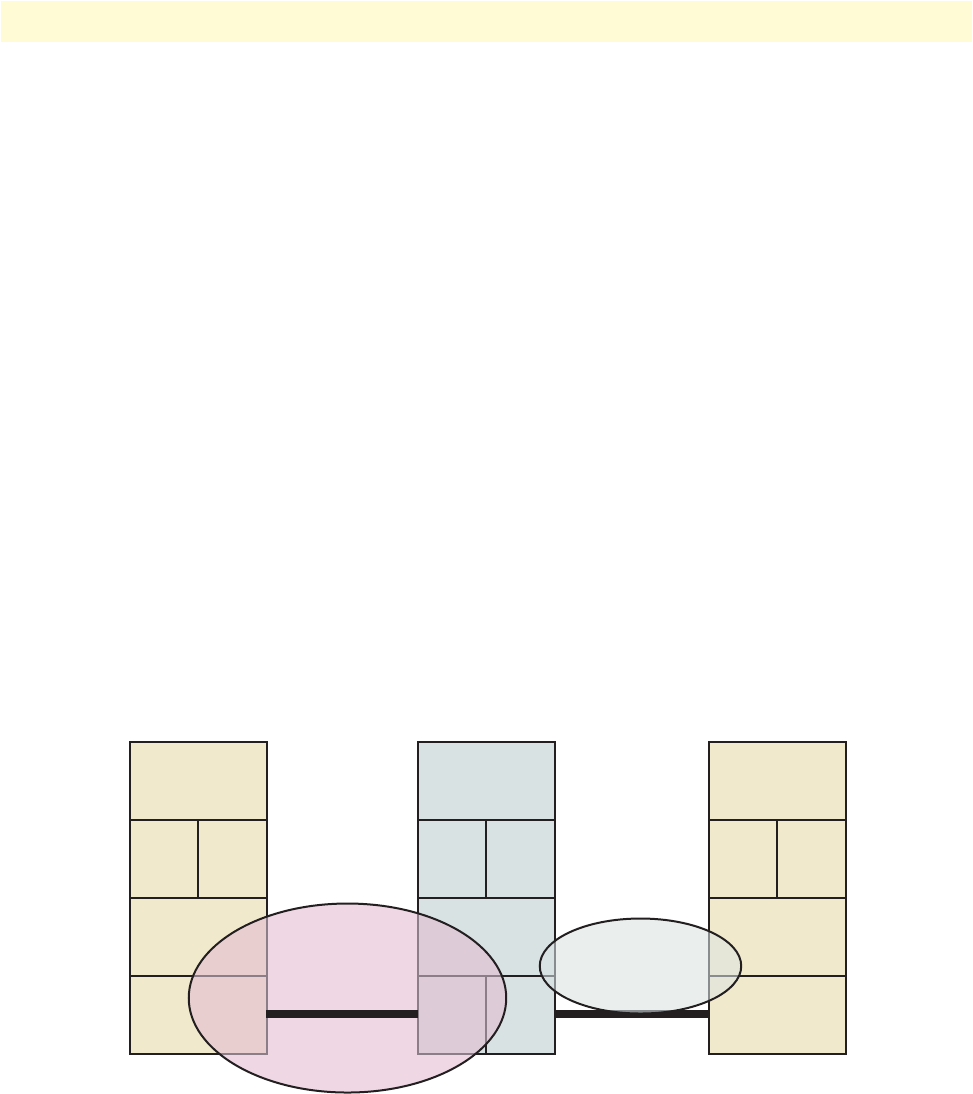
DNS configuration task list 306
SmartWare Software Configuration Guide 28 • DNS configuration
You can test the DNS server configuration using the dns-lookup command as follows:
Example: Testing DNS server configuration
node(cfg)#dns-lookup www.patton.com
Name: www.patton.com
Address: 209.49.110.5
Note The DNS resolver automatically learns domain name servers if it receives
them through PPP or DHCP protocols. You can verify that the DNS
resolver has received domain name servers by using the
show dns-client
command as follows:
node(cfg)#show dns-client
The following DNS servers are currently available:
Configured IP: 195.186.1.110
Discovered IP: 81.221.250.10 (Not used)
Discovered IP: 81.221.252.10 (Not used)
node(cfg)#
Configured IP indicates a domain name server that has been configured as
shown at the beginning of this section. Discovered IP indicates a domain
name server that was learned automatically.
Figure 45. DNS relay diagram
Enabling the DNS relay
DNS (Domain Name System) is a distributed database used in IP networks to provide the numerical IP
address for a URL’s host name. There are DNS Servers, DNS Relays, and DNS Clients (see figure 45). DNS
clients send queries with the host-name of interest to the DNS Server. The DNS server responds with the IP
DNS Client
TCP UDP
User’s PC
IP
ENET
DNS Relay
TCP UDP
Node
IP
ENET WAN
IP
ENET W
Localized DNS
query traffic
DNS Server
TCP UDP
Remote Location
(somewhere on
the Internet)
IP
WAN
WA
DNS query on
the WAN side



